ABSTRACT
This website aims to present the results
of the ongoing research on a cartographic approach to the
representation of knowledge in its present configurations.
The aim of the research is to extend the cartographic metaphor beyond visual
analogy, and to expose it as a narrative model and tool to intervene in complex, heterogeneous,
dynamic realities, just like those of human geography. The map, in this context, is not only a
passive representation of reality but a tool for the production of meaning. The map is thus a communication device: a mature representation artefact,
aware of its own language and its own rhetoric, equipped with it its own tools, languages,
techniques and supports. A model that recovers the narrative abilities of pre-scientific maps and
presents itself not as a mere mimetic artefact, but as a poetic and political tool
The map as narration is thus the expression of a communicative purpose. Just like a text, the map makes selections on reality, distorts events, classifies and clarifies the world in order to selections better tell a particular aspect of a territory, an event, a space. When used with malice, it can hide, conceal, falsify or diminish a reality through the construction of an ideological discourse, in which the communicative aims are hidden to the user. In this context, the term ‘map’ is a synonym of visual narration of space: a cultural artefact created by an author to describe a space according to an objective.
The map as a tool appears instead as a means that enables the user to reach an otherwise unattainable goal. It allows not only to do things better, more efficiently, but also to create new realities. As an instrument, the map expects a user using it to achieve an end, and similarly a designer, who must ensure that the structure of the instrument is as suited as possible for the achievement of the planned tasks.
IMAGES
The images displayed below are screenshots taken from ATLAS, the application that's being developed to explore the possibilities of the application of a cartographic metapjor to the realms of knowledge. The concept of atlas in this context doesn’t depict as much a list of maps, but rather a system of representations of space, a communication device aimed at representing complex contexts through the use of many partial overlapping narrations: a network of maps, diagrams, texts and peritexts, combined together to describe the space of research in its multifaceted aspects.
If you need/want to use the images in any context, both in print and digital media, please let us know.
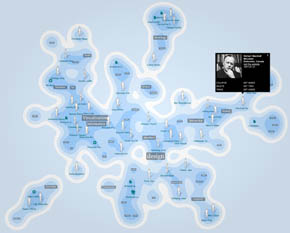 |
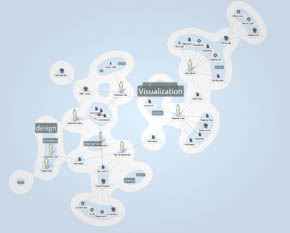 |
|
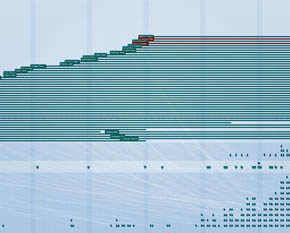 |
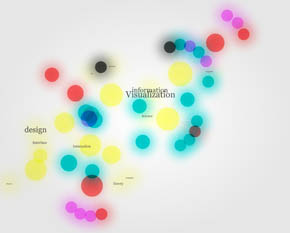 |
|
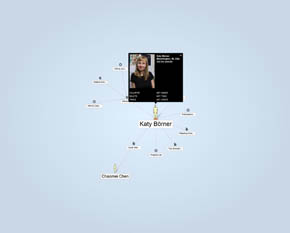 |
 |
|
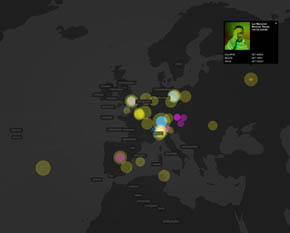 |
 |
|
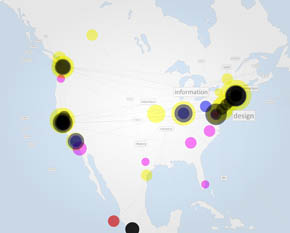 |
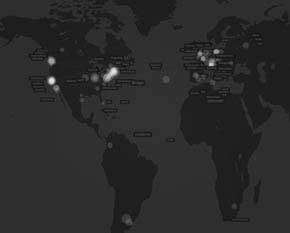 |
|
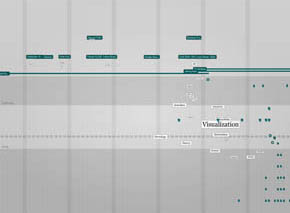 |
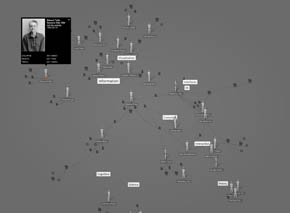 |
|
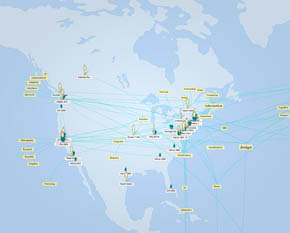 |
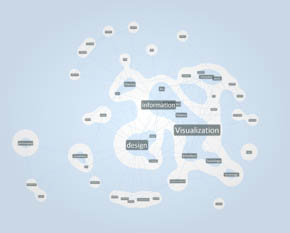 |
VIDEOS
Here's a small video trailer of the ATLAS interface. ATLAS is an interface prototype for the exploration of research resources. ATLAS lets the user list his bio-bibliographic resources in a shared environment and access them through many different maps and representations. The interface becomes therefore an Atlas of knowledge cartographies, designed to show a complex environment through the overlapping of different images.
RESEARCH
Some of the research behind Knowledge Cartography, more will be uploaded soon..
Marco Quaggiotto, Knowledge cartographies: Tools for the social structures of knowledge
(Changing the Change Conference, Turin 2008)
Marco Quaggiotto, Knowledge Atlas: a cartographic approach to the social structures of knowledge(Analogous Spaces Conference, Ghent 2008)
